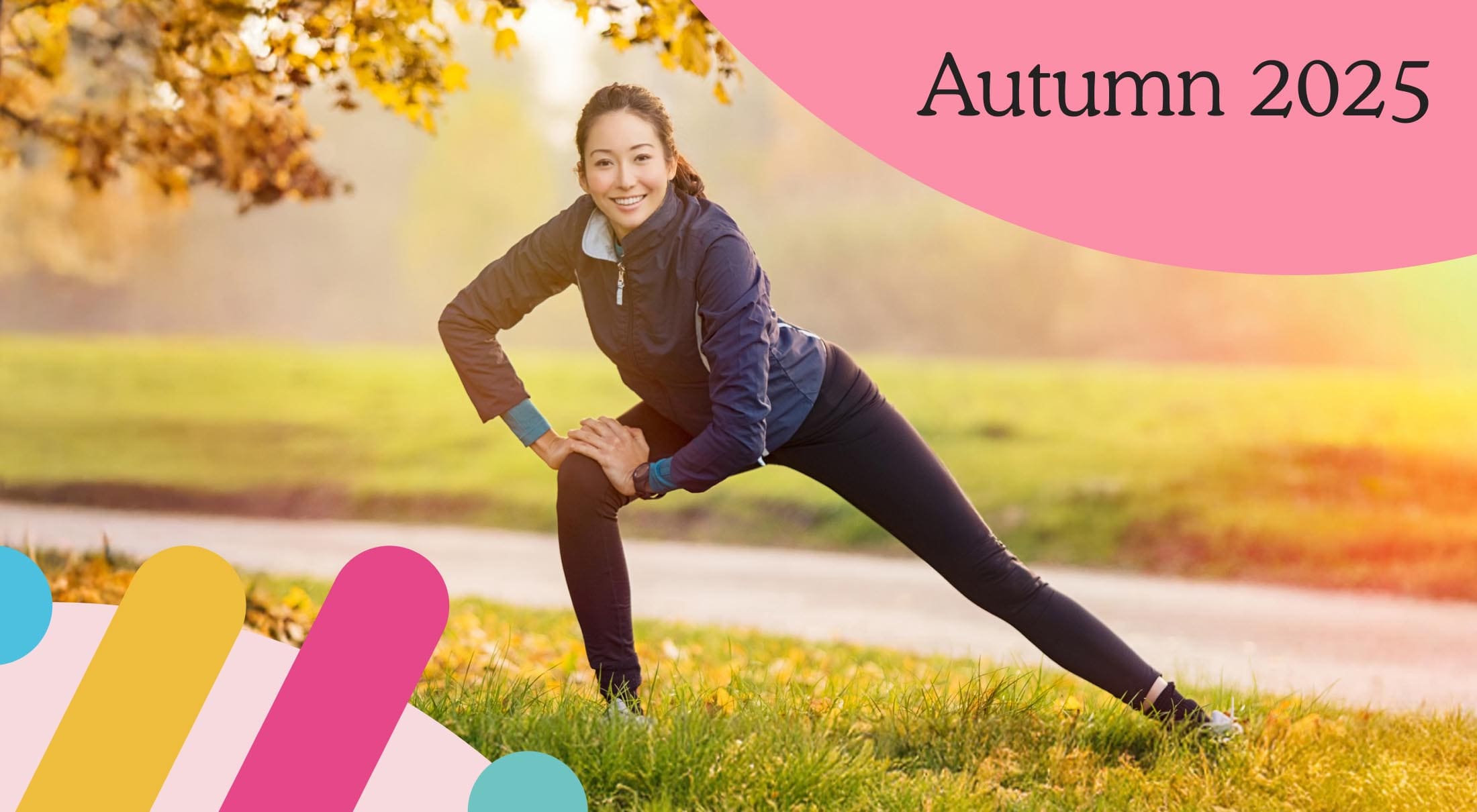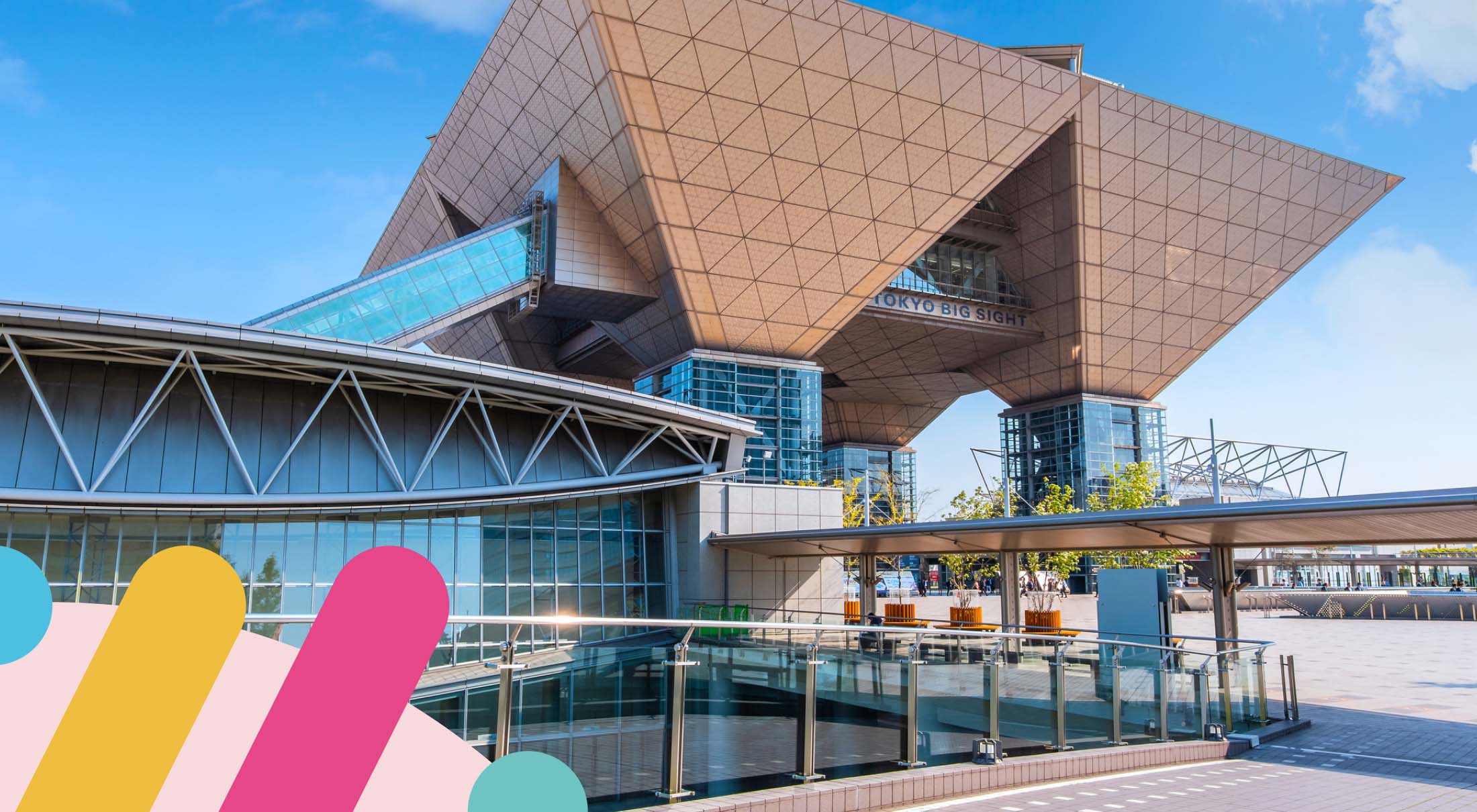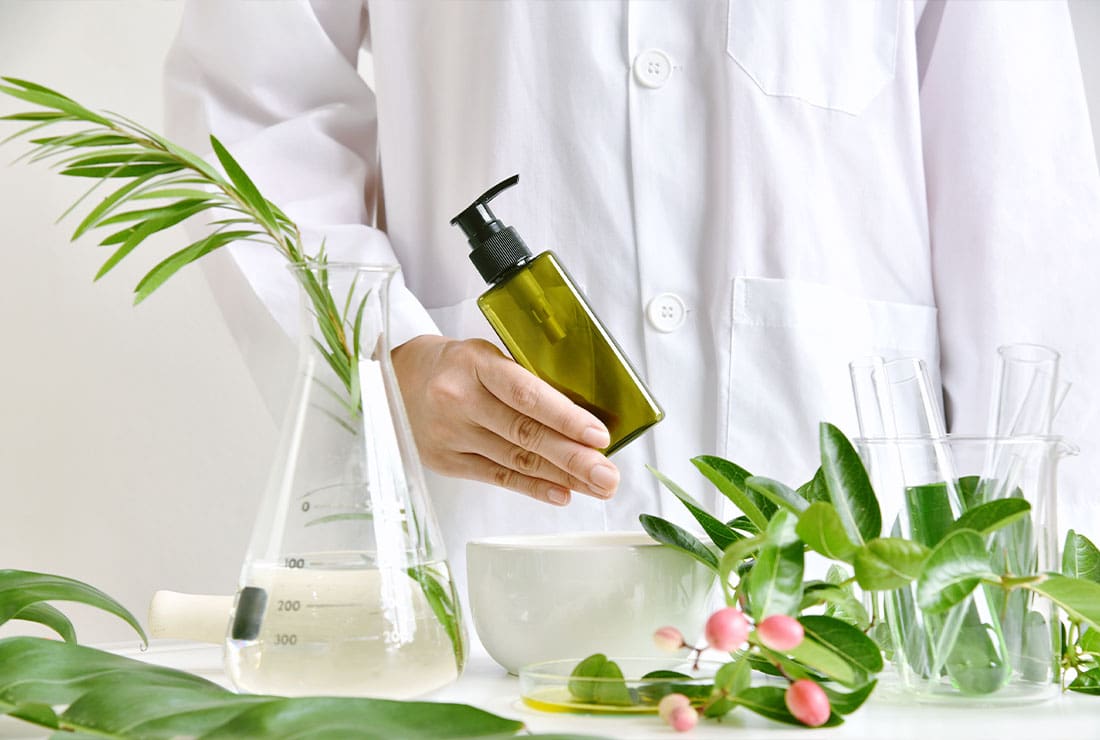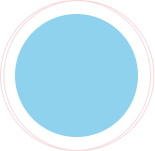Introduction
In Japan’s health and wellness market, the quality of creative assets has become a primary performance lever, not just a cosmetic detail. Budgets are shifting into digital, ad formats are converging across platforms, and consumers expect brands to meet highly specific needs with clear, credible promises. According to Dentsu’s 2024 Advertising Expenditure Report, internet advertising spend rose to ¥3.65 trillion, with social advertising alone surpassing ¥1 trillion. That scale, combined with increasingly shoppable ad surfaces, makes the quality of creative assets the difference between incremental lift and wasted impressions.
The Yahoo JAPAN Creative Lab Trend Report, September 2025 arrives at the right time. It shows how Japanese consumers discover, evaluate, and trial wellness products across the LY Corporation ecosystem. The reach is immense: LINE has 98 million monthly active users, and Yahoo JAPAN reports 54 million logged-in IDs as of March 2025. Together, that covers around 80 percent of the population. Insights proven effective on these surfaces can often be transferred to Google and Meta campaigns with minimal rework.
This article translates the report’s findings into practical guidance for marketers in fitness, nutrition, beauty, supplements, and wellness services. It maps persistent consumer motivations to actionable strategies for creative assets, then shows how to tailor message and format for Yahoo JAPAN Ads and LINE Ads without diluting brand consistency.
Understanding the user motivations behind wellness ads
Wellness discovery and purchase behavior in Japan revolves around four core motivations. These needs appear every quarter, with seasonal spikes that can be anticipated and planned against.
Health and fitness: body confidence, energy, and convenience
Interest in hybrid and at-home fitness persists, supported by the rapid growth of 24-hour gyms and yoga studios. The private club sector, which had peaked pre-pandemic, is showing signs of recovery. Creative assets that emphasize convenience, flexible routines, and easy onboarding can capitalize on this trend. Trials, challenges, and personalized recommendations resonate with audiences looking for low-friction ways to integrate fitness into their lives.
Beauty and skincare: protection, hydration, and enhancement
Japan’s skincare category remains robust, supported by consumer literacy around ingredients and anti-aging benefits. With the domestic market valued in the billions of USD, beauty campaigns that highlight tangible outcomes such as smoother texture, reduced irritation, or brighter tone consistently outperform glossy, generalized promises. Proof visuals and ingredient transparency within creative assets build trust and encourage trial.
Supplements and nutrition: strength, immunity, and balance
Japan’s dietary supplement market is valued at over USD 10 billion, with growth projections that remain healthy. Audiences are broad yet fragmented by life stage and usage occasion, from working professionals seeking focus to older adults pursuing bone health. Creative assets work best when they collapse overwhelming choices into a single, clear benefit. Ads that lead with “supports immunity during winter” or “boosts post-workout recovery” simplify decision-making and drive action.
Mental wellness: stress relief, rest, and emotional well-being
Demand for sleep aids and relaxation products continues to rise. The domestic sleep-tech market is projected to expand steadily, while Ipsos’ 2024 World Mental Health Day Report places Japan near the global low end of extreme stress reporting. This paradox highlights the appeal of small, non-stigmatizing steps such as guided breathing routines or herbal teas that promise incremental improvements. Creative assets that normalize self-care and emphasize manageable progress tend to outperform dramatic “fix everything” messages.
Across all four motivations, three levers stand out: clarity in problem-solution framing, lifestyle resonance, and trust building. The September 2025 Creative Lab guidance emphasizes these levers, and Yahoo JAPAN Ads’ updated formats make it easier to deliver proof-driven creative assets at scale.
Key creative trends from Yahoo JAPAN & LINE Ads
Messaging strategies
Highlight benefits clearly
The report underscores that campaigns perform best when creative assets shift from “this is a good product” to “this solves your specific problem.” Yahoo JAPAN has introduced formats like image-enhanced search results and responsive brand panels that reward clear outcomes such as before-and-after visuals, ingredient proof, or usage instructions. For wellness ads, showing texture improvement in seven days or steady energy from morning to evening provides the tangible hook that drives engagement.
Speak to specific audiences
Search behavior in Japan is split. StatCounter data shows Google holds about 80 percent of the market and Yahoo JAPAN around 10 percent, with Yahoo skewing more toward desktop and older demographics. This makes audience-specific messaging highly effective. Wellness brands can target UV-conscious commuters on Yahoo where weather and news browsing is high, while positioning outdoor routines or workout content on Google where Maps and YouTube searches dominate.
Leverage experience and incentives
Wellness often requires habit change, so reducing friction is key. Free trials, low-commitment challenges, and limited-time perks provide entry points without overwhelming users. Within LY’s ecosystem, LINE Official Accounts offer chat-based quizzes, daily reminders, and coupons that help brands nurture users from discovery to trial. The LY Corporation Media Guide outlines how brands structure flows that move from “add friend” to segmented nurturing and eventual upsell.
Emphasize financial value with transparency
Discounts, bundles, and cashback offers resonate, especially in beauty and supplement campaigns. But creative assets must comply with Japan’s strict consumer protection laws. The Consumer Affairs Agency’s English portal outlines rules on double pricing and transparent coupon mechanics. For wellness campaigns, this means showing clean price comparisons, explicit validity periods, and coupon terms up front, both in ad copy and on landing experiences.
Visual and format approaches
Use subtle motion and animation
Motion draws attention, but excess can feel intrusive. Yahoo JAPAN Ads support short-form animations in brand panels and display units, making it possible to highlight ingredient reveals or three-step usage sequences. With internet video ad spend up significantly in 2024, subtle animations that reinforce proof points are worth the production effort.
Lean into lifestyle and character
Approachable faces and everyday routines outperform polished stock photography. LINE’s conversational platform allows character-driven storytelling to extend naturally into follow-up chats and nurture sequences. For example, a “weekday morning” skincare ritual or “desk-to-gym” supplement storyline can flow seamlessly from ad creative assets into LINE Official Account messaging.
Platform-specific Considerations
LINE Ads: interactive, conversational journeys
LINE, with 98 million monthly active users, is Japan’s most ubiquitous digital channel. It excels at moving users from awareness to lightweight commitments within chat, such as “Add friend to start your 7-day plan.” Creative assets should be paired with Official Account flows like skincare routine pickers, supplement guides, or fitness challenges. The conversational follow-up keeps campaigns relevant while lowering the barrier to entry.
Yahoo JAPAN Ads: native formats with benefit-first headlines
Yahoo JAPAN remains a powerful reach channel, particularly in news-driven and shopping contexts. Its 10 percent search share skews desktop, making it useful for targeting older or office-hour audiences. With ongoing updates like image-rich search and responsive brand panels, wellness brands can showcase proof points and transparent pricing directly in the scroll. Benefit-first headlines such as “20% off UV care essentials” pair well with transparent landing pages that meet user intent.
Cross-platform strategy: one message, different strengths
The key is to anchor campaigns in one consistent promise, then adapt the format. On Yahoo JAPAN, emphasize measurable outcomes and transparent value. On LINE, focus on lifestyle storytelling, mini-challenges, and nurturing ease. For example, a UV-care product can highlight its eight-hour hold in Yahoo ads with proof visuals, while LINE creatives show it as part of a morning-to-evening skincare ritual.
Putting the Insights to Use
Practical applications for wellness brands include:
- Fitness apps: Use a short quiz to suggest routines such as “desk-friendly mobility,” “20-minute fat burn,” or “beginner strength.” Deliver a 7-day challenge via LINE Official Account with daily reminders and a trial membership upsell.
- Beauty brands: Pair simple product visuals with overlays like “20% off this week only.” Responsive formats on Yahoo Brand Panels ensure the assets remain sharp, while landing pages should highlight transparent pricing and ingredient proof.
- Supplement brands: Animate a day-in-the-life benefit arc, showing alertness at 10:00, steady focus at 15:00, and calm energy at 20:00. Pair with specific ingredient claims and subscription bundle savings. Make terms explicit to comply with CAA guidance.
- Wellness services: Promote free first sessions for stress-relief workshops. Highlight relatable outcomes like “deeper sleep” and normalize participation through LINE chat polls and testimonials. Ipsos shows that Japanese consumers underreport stress yet engage with restorative routines, making this a high-potential angle.
Hybrid collaborations also show promise. For instance, a fitness app could partner with a supplement brand to offer a combined trial. Beauty brands could extend UV campaigns into stress care with “skin + sleep” bundles. Integrated storytelling amplifies reach and cross-platform engagement.
Pitfalls to avoid
- Generic, broad messaging dilutes impact. Segment-specific headlines and visuals aligned to context such as commuters, parents, or professionals drive stronger engagement.
- Overly flashy animations can depress brand favorability. Tasteful motion that reinforces proof points performs better, especially in native environments.
- Ignoring transparency risks regulatory issues. Always reflect clear coupon mechanics and price conditions. The CAA’s guidance provides benchmarks for compliance.
- Reusing global creative assets without local nuance undermines resonance. Japanese audiences respond better to hydration and texture claims in skincare, or small-step habit framing in mental wellness. LINE’s chat-first flows and Yahoo’s proof-driven surfaces should shape the local adaptation.
Our 4-week Testing Process
- Week 1: baseline setup. On Yahoo JAPAN, run two ad groups per product, one for benefit clarity and one for incentive clarity. On LINE, finalize Official Account flows for coupons or trials. Confirm specs with the LY Media Guide.
- Week 2: audience hooks. A/B test audience-specific headlines such as “UV-conscious commuters” versus “sensitive skin in summer.” On LINE, compare “choose your routine” quick replies against a single call to action.
- Week 3: proof and motion. Add restrained motion variants on Yahoo ads and carousel storytelling on LINE showing ingredients, usage, and outcomes. Keep first frames legible as stills.
- Week 4: value and compliance. Layer value claims like “bundle saves 18%” only if coupon mechanics are fully clear and compliant with CAA standards. Winners can then scale to Google and Meta with minor localization tweaks.
Why this Matters Now
Wellness consumers in Japan move seamlessly between discovery, education, and purchase, often within the LY ecosystem. LINE’s chat-based structure makes it ideal for guided discovery, while Yahoo JAPAN’s proof-rich surfaces excel at reinforcing trust and value.
Beyond Yahoo and LINE, these insights extend naturally to Google and Meta. Benefit-first headlines tested on Yahoo can inform Meta carousel ads, while lifestyle storytelling honed on LINE can be adapted for Instagram Reels. With internet video advertising already up by over 20 percent year on year, according to Dentsu’s 2024 report, the cost of generic or non-compliant creative assets is rising.
Conclusion
The September 2025 Creative Lab guidance confirms what seasoned marketers already know: clarity, relevance, and relatability outperform generic messaging. Wellness brands that invest in proof-led visuals, lifestyle-driven storytelling, and transparent value displays within creative assets see consistent uplifts in engagement and conversion.
The immediate opportunity is to translate these findings into a structured four-week test plan, then scale winners into Q4 campaigns and new-year resolution peaks.
Want to turn these insights into a creative testing plan ready to launch across Yahoo JAPAN and LINE? The Pulse Marketing team can help translate your brand promise into proof-driven ad creative assets and chat journeys in as little as four weeks. Start the conversation here.




